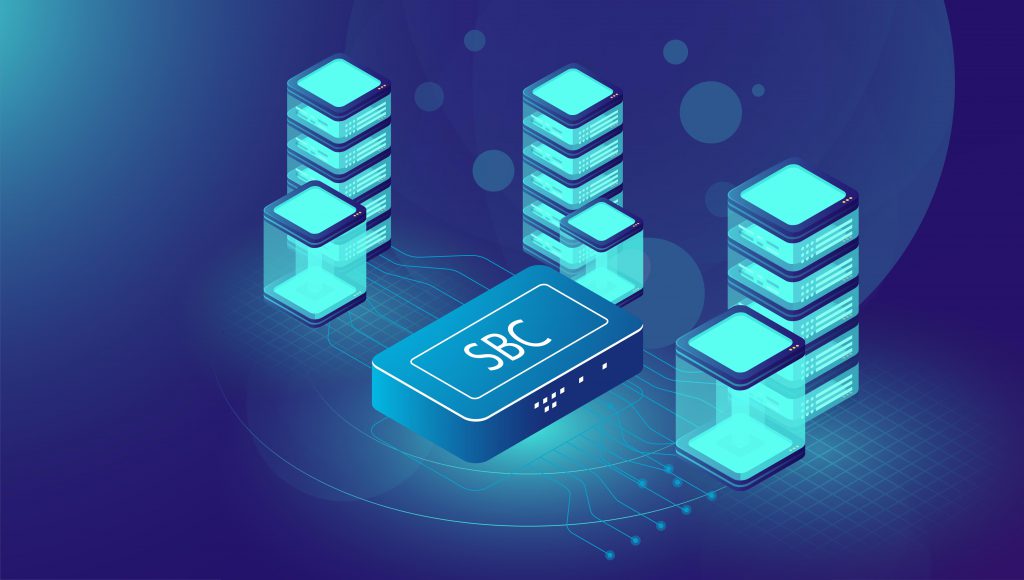Blockchain is a distributed, decentralized, public digital ledger that is used to record transactions across many computers so that the record cannot be altered retroactively without the alteration of all subsequent blocks. This allows the participants to verify and audit transactions inexpensively. A blockchain stores mutually agreed upon transactions in blocks that are then chained together over time, protecting the data from being altered or tampered with.
Benefits Of A Decentralized Blockchain Technology
As a distributed system, blockchain removes the risks and costs associated with a central trusted authority. Some key benefits of a decentralized blockchain include:
– Immutability and transparency: Once recorded, the data in any given block cannot be altered retroactively without alteration of all subsequent blocks. This allows anyone to verify and audit transactions efficiently.
– Decentralization: There is no single point of failure or control since Blockchain Technology data is hosted, transmitted, and verified by multiple parties simultaneously on a peer-to-peer network.
– Security: Blockchain security models emphasize node voting and cryptography to ensure no single entity gains full control. By design, blockchains are resilient to modification of the data.
– Reduced costs: The costs of verifying/auditing transactions on a blockchain are much lower compared to traditional centralized systems that use third-party intermediaries.
– Increased accessibility: Anyone with an internet connection can access and interact with blockchain data regardless of their location or jurisdiction.
How Blockchain Technology works
Blockchain works using a combination of cryptographic principles and a distributed network of peer-to-peer nodes. In summary:
– Transactions are bundled into blocks and every node maintains an identical copy of the blockchain containing all previous blocks and validated transactions.
– Each block contains a cryptographic hash of the previous block, linking blocks together in a tamper-proof chain.
– A distributed consensus mechanism, such as proof-of-work, is used so that nodes can come to agreement about the transaction history and state of the ledger.
– Miners on the network validate transactions and solve mathematical puzzles in order to mine new blocks to the chain and receive rewards in the native blockchain tokens or coins.
– Successful mining requires significant computational power, making blockchain ledgers inherently difficult to manipulate without controlling a majority of the network’s computing power.
– This decentralized design provides redundancy so the network remains robust even if some nodes go offline or multiple versions of the blockchain history exist temporarily.
Examples of blockchain applications
Blockchain technology has a variety of applications cutting across industries including:
– Financial services: Cryptocurrencies like Bitcoin use blockchain technology at their core. Blockchain also enables applications like smart contracts, decentralized finance and digital payment systems.
– Supply chain management: Enterprises are exploring how blockchains can foster transparency, traceability and automation in supply chain processes from sourcing to logistics and aftersales. Provenance tracking is one use case.
– Government services: Governments worldwide are experimenting with blockchain for digital identity systems, public records, voting and other civic applications that require transparent tracking of records and immutable audit trails.
– Healthcare: Blockchain offers potential for securing sensitive patient data, streamlining clinical trials management, improving interoperability between systems and automating insurance claims. Identity management is a key area.
– IoT: Expanding use of sensors and interconnected devices opens up opportunities for blockchain to securely authenticate devices, track usage transparently and enable automation through smart contracts tied to real-world actions.
Challenges and the road ahead
While blockchain holds promise for decentralizing systems and bringing more transparency, some challenges remain:
– Scalability: Current public blockchain platforms generally lack the transaction throughput needed for large-scale enterprise adoption. Fast and cost-effective platforms are still evolving.
– Interoperability: Different blockchains currently operate independently and lack standards for inter-blockchain communication, limiting their combined potential and cross-industry collaboration.
– Complexity: The underlying principles of cryptography and decentralization make blockchain technology difficult for non-experts to grasp fully. Broader adoption depends on simplified design and experience.
– Regulations: Cryptocurrency regulations are still developing in many countries. Enterprises also await more clarity on rules around tokenization, decentralized autonomous organizations, and other frontier applications involving decentralization of currency and governance models.
Overall, blockchain technology remains an emerging technology but continued innovation promises to address these challenges over the coming years. As platforms mature and gain mainstream adoption, blockchain has potential to revolutionize how we structure organizations and systems in technology, business, governance and beyond.
*Note:
1. Source: Coherent Market Insights, Public sources, Desk research
2. We have leveraged AI tools to mine information and compile it
About Author - Money Singh
Money Singh is a seasoned content writer with over four years of experience in the market research sector. Her expertise spans various industries, including food and beverages, biotechnology, chemicals and materials, defense and aerospace, consumer goods, etc. LinkedIn Profile




